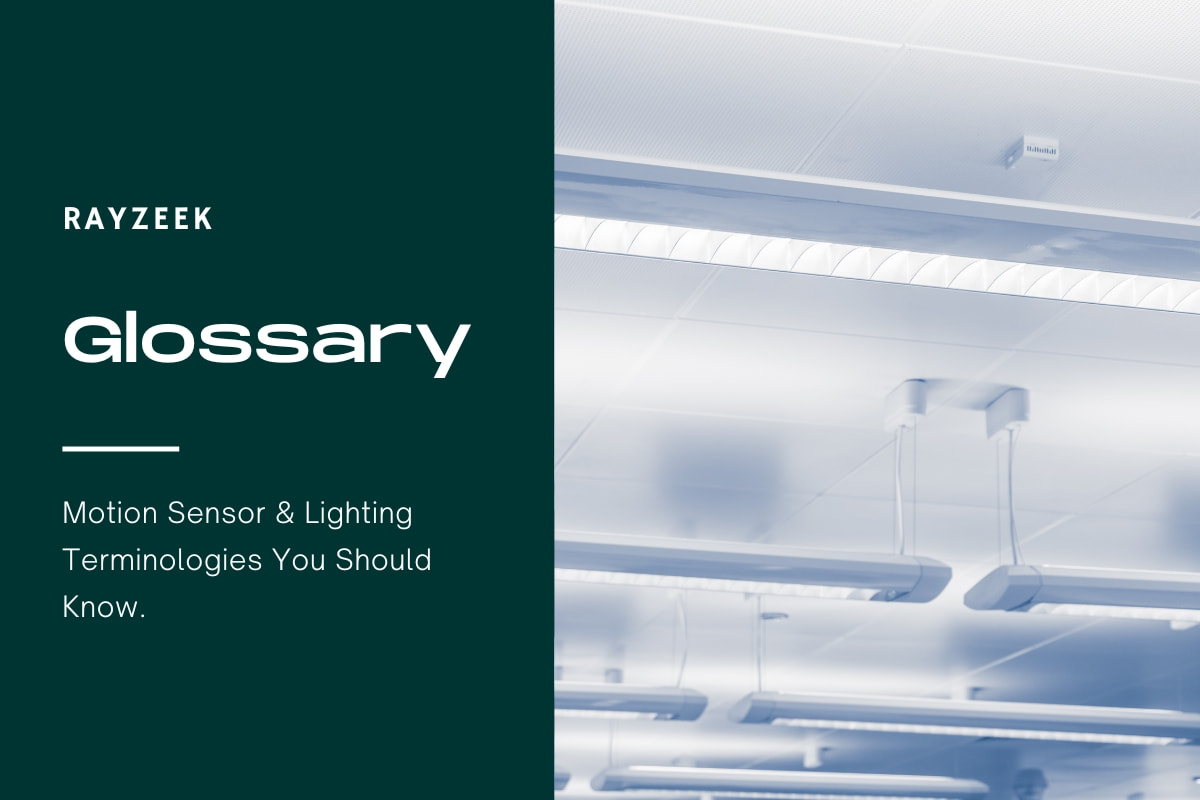What is ELV Dimming
ELV Dimming (Electronic Low Voltage Dimming) is a dimming technology utilized in the lighting industry for light fixtures that employ electronic transformers. Unlike traditional or multi-location dimmers that adjust voltage levels using rheostats, ELV dimmers employ pulse-width modulation (PWM) to precisely control the power delivered to the light fixture, resulting in a smoother and more accurate dimming experience.
ELV dimming operates by turning off the electrical load at the trailing edge or end of the AC waveform. Also known as electronic or trailing edge dimmers, these dimmers control the power to the load by manipulating the ratio of on/off time, known as the “duty cycle,” in conjunction with the voltage related to the load. This level of control allows for precise adjustment of the luminosity of LED lights.
Get Inspired by Rayzeek Motion Sensor Portfolios.
Doesn't find what you want? Don't worry. There are always alternate ways to solve your problems. Maybe one of our portfolios can help.
ELV dimming offers several advantages, including compatibility with both resistive and capacitive loads, making it suitable for LED technology. LED drivers often require dimmers capable of effectively regulating the power supplied to the LEDs, and ELV dimmers have a proven track record of enhancing energy conservation while delivering functional and sustainable lighting. Furthermore, ELV dimming prevents excessive voltage influx, mitigating the risk of sudden current surges. Additionally, these dimmers eliminate the buzzing sound commonly associated with dimming, making them aesthetically preferable.
Looking For Motion-Activated Energy-Saving Solutions?
Contact us for complete PIR motion sensors, motion-activated energy-saving products, motion sensor switches, and Occupancy/Vacancy commercial solutions.
When selecting an LED lighting system, it is crucial to consider the required dimming technology. ELV dimming ensures optimal energy efficiency and prevents unnecessary expenditure. While not all LED applications necessitate dimming, the ability to adjust light output proves advantageous in many scenarios. To ensure quality and compatibility, it is advisable to procure LEDs and associated electrical accessories from reputable suppliers with expertise in electricity. Investing in the appropriate dimming technology can significantly enhance the performance and lifespan of LED lighting systems.
Frequently Asked Questions
Do I Need a Low Voltage Dimmer
If you have low voltage lights that run on a reduced supply of either 12V or 24V, you will require a dimmer that is compatible with the same voltage. However, for line voltage systems that run on the standard voltage supply of 120V, a basic dimmer can be used.
What Is the Difference Between a Dimmer and a ELV Dimmer
An ELV dimmer is specifically designed to dim the electronic power supply of a low voltage halogen light. Unlike a regular dimmer, an ELV dimmer cuts the trailing edge of the power wave in order to reduce hum. Therefore, ELV, Trailing Edge, and Reverse Phase all refer to the same functionality.
Do LED Lights Need ELV Dimmer
While the majority of integrated LEDs necessitate the use of an ELV dimmer, there are certain European brands that utilize the 0-10 volt system.
How Many LED Lights Can Be on One Dimmer Switch
Varilight suggests that it is best to have a maximum of 10 LED lamps connected to one dimmer module. However, if you have a three gang dimmer plate, you can have a total of thirty LED lamps on the plate, with ten lamps connected to each module.
What Happens if You Use a Dimmer Switch for LED Lights
Once you install a dimmer switch specifically designed for LED lights, you will enhance your lighting experience. This modern dimmer switch is designed to efficiently control the electricity flow to the LED bulbs, allowing you to easily adjust the brightness levels and create the desired ambiance in your space.
What Happens if You Put a Regular Bulb in a Dimmer Switch
Yes, it is important to note that using regular light bulbs with dimmer switches is not recommended. If you do so, the performance of the light will be affected. Initially, it may seem fine, but over time, you will begin to notice a difference in the light intensity.
Why Do LED Bulbs Require a Special Dimmer Switch
Because LED bulbs have a lower wattage compared to incandescent bulbs, they may not work properly with older dimmer switches that are designed for higher wattage bulbs.
What Type of Dimmer Must Have a Dimming Ballast
For fluorescent bulbs, a dimming ballast is necessary. Lutron, a company that introduced the first electronic dimming ballast three decades ago, now provides a wide range of fluorescent dimming ballasts and controls to support their comprehensive fluorescent dimming systems.
What Is the Best Method of Dimming LED Lights
Phase-cut dimming, also referred to as triac dimming, is widely considered the most effective technique for dimming LED lights. By selectively removing a portion of the AC waveform, the power delivered to the LED is reduced, resulting in the desired dimming effect. Originally designed for incandescent bulbs, this method has been modified and successfully applied to LED lights.
What Is the Main Cause of Problems When Dimming LED Lamps
Typically, issues with dimming LED lamps arise due to a lack of synchronization between the LED lamps and the controls or dimmer switches. To successfully dim LED lamps, it is crucial to ensure a proper pairing between the lamp and the controls.









